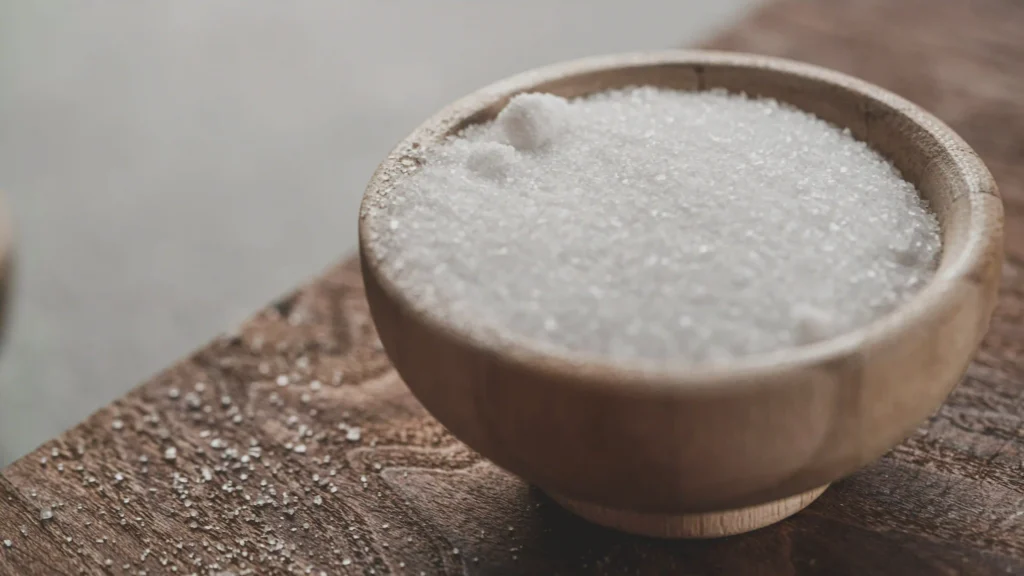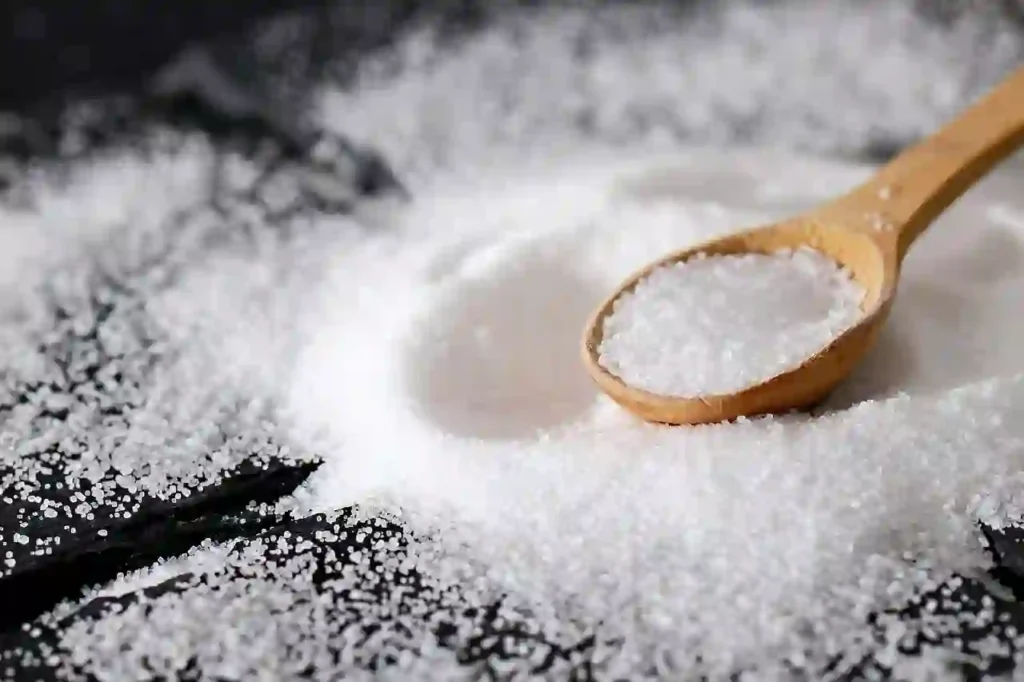How salt makes main dishes and desserts better – according to chef Agustin Balbi of one-Michelin-star Hong Kong restaurant Andō and Smita Grosse, executive pastry chef at The Mira Hong Kong
1. Introduction: The Versatile Role of Salt in Cooking

Salt stands as a transformative ingredient which uses three distinct abilities to heighten both flavor profiles and taste harmony while taking dishes to superior culinary levels. Worldwide chefs depend on salt to enhance their recipes because it unlocks each dish’s complete flavor potential in every kitchen operation.
Table of Contents
2. Enhancing Main Dishes: Chef Agustin Balbi’s Perspective
The Michelin-starred Andō in Hong Kong makes salt into an elemental ingredient that transforms main course dishes according to Chef Agustin Balbi. Salt functions beyond seasoning according to him since it reveals natural ingredient tastes and builds deep multifaceted flavors. A properly salted protein reveals its delicate umami characteristics which sets the dish in everyone’s memory. According to him proper seasoning needs both a feeling of instinct while also involving profound ingredient knowledge.
3. The Science Behind Salt’s Flavor-Boosting Abilities
On a cellular scale salt actively enhances taste sensations through two simultaneous mechanisms: it reduces bitter tones while simultaneously intensifying sweet umami flavors. Through proper hydrolysis salt guides ingredients to naturally express their flavors which results in cohesive taste profiles. The scientific reaction between ingredients creates a dramatic flavor change when using a tiny amount of salt to transform an average dish into something extraordinary.
4. Using Salt to Balance Sweetness in Desserts

Desserts rely on salt to both control sugar intensity and to strengthen the overall taste profile. Chopping a little salt into caramel or chocolate gives depth to richness and adding micro-sprinkles to cake batter extends the presence of included elements. Examined as an undercover ingredient by pastry chefs salt enables them to construct complex desserts that satisfy palate desires with balanced sweetness.
5. Chef Smita Grosse’s Tips for Salt in Pastry Creations
The Mira Hong Kong executive pastry chef Smita Grosse emphasizes salt stands as an essential element within bakery production. True distribution of salt requires using fine salt instead of flaky sea salt but experimenting with flaky sea salts produces texture. The subtle crunch of salt enhances cookies and brownies while bringing sophistication to these desserts according to the expert.
6. How Salt Elevates the Texture of Main Courses and Desserts
Salt transforms food textures exceptionally well throughout both sweet and savory dishes. During cooking protein meats stay moist because salt assists their protein chemistry which creates tender and juicy meat at consumption. The addition of salt to dessert components creates fundamental structural modifications which produce chewy cookies and flaky pastries. Salt crystals can create delightful texture pleasure on top of desserts such as Brownies alongside Salty Caramel by adding their signature crunch to the surface.
7. The Art of Proper Seasoning: Striking the Perfect Balance
Intelligently seasoning food requires the perfect balance between sensitivity to quantities and expert understanding of proper measurements. When used correctly salt acts as a layer between uninteresting blandness and overpowering flavor. Breaking down the process means beginning with tiny salt amounts before testing each interval and taking note of the other offered ingredients. Items with high natural salt content such as cheese alongside soy sauce need reduced additives. For stellar taste results the appropriate combination of salt with other seasonings allows individual ingredients to maintain their distinctness in both savory and sweet recipes.
8. Salt Pairings: Uncommon Combinations That Work Wonders

Versatility defines salt because it works ingeniously with unusual food ingredients to generate amazing flavor trends. Watermelon gains greater sweetness when you add salt but dark chocolate receives elaborate complexity when you sprinkle it with salt. Chemical professionals utilize salt with citrus and mango fruits to produce energizing taste profiles. Salt functions as a crucial ingredient for innovative kitchen work because its sweetness intensification capabilities add to its bitter contrast effects which result in umami amplification.
9. Types of Salt and Their Unique Culinary Applications
Salts supply different qualities when used in cooking since they serve particular dishes best. Both traditional table salt performs best for uniform seasoning due to its fine texture yet its complementary traits permit professional cooks to utilize kosher salt through its large-grained structure. The texture and mineral taste come from finishing salts which include Maldon and its flaky characteristics but a signature complex taste emerges from using sea salt. Three types of salt each offer distinct sensory experiences to chefs who use them for multiple ways of enhancing dishes. Himalayan pink salt and black lava salt and smoked salts bring unique flavors.
10. Takeaways from the Experts: When and How to Use Salt for Best Results
Expert chefs teach that knowing the right salts to use along with their timing and usage methods produces optimal dining results. Salting should start at prep time for flavor improvement then continue in cooking for increased depth and finish with a salt addition for extreme flavor boldness. Testing different types of salt will help you understand their particular effects. To maximize the effect of salt you must constantly taste your food while striving for balanced flavors so the salt can accentuate dishes effectively. By following these tactics every dish delivers its complete taste profile. You can also learn about Tips To Cook Chicken Perfectly.
Conclusion
As an essential component salt serves beyond its traditional dietary purpose because it elevates food tastes and textural qualities as well as harmonizes flavor balances between entrees and sweet desserts. Understanding the scientific functions of salt and applying different salt varieties under guidance from culinary masters will help home chefs and professional culinary artists create superior dishes. The transformational power of salt enables chefs to bring taste potential from kitchens to eating tables through both dessert and main course preparations.